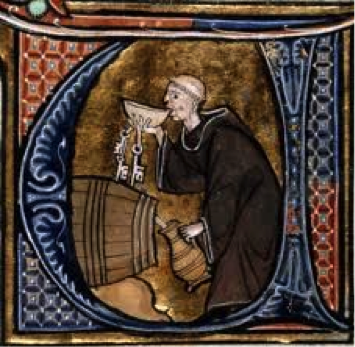Late Harvest Wines by Accident
Some of the very finest Riesling wines produced in Germany are labeled ‘Spätlese’ (meaning late harvest) which, as in many cases of wine making styles, happened by accident.
In 1775 the first vintage of Spätlese occurred when the Cistercian controlled Steinberg vineyard did not receive the command to begin harvesting. It seems the mounted messenger carrying permission to harvest from the prince bishop of Fulda to the Johannisberg monks in the Rheingau was delayed for 14 days. Harvesting could only begin after the grapes were already affected by the Botrytis Cineria, a fungal infection referred to as “noble rot”, making them very sweet. Wine was made anyway, resulting in the very first vintage of luscious, delicious, and age-worthy Spätlese wines.
Surviving to this day, the styles of Spätlese and Auslese refer to the degree of ripeness (picked from 7 – 14 days after declared ‘harvest date’) and how the grapes are selected, with the Auslese style required to be hand picked from the ripest of berries.
Most of these wines are made in a fairly sweet style but thanks to the very cold climate in wich they grow, contain enough acidity to avoid a cloyingly sweet taste left on the palate after swallowing. They are balanced and complex with citrus, minerality, and that lovely bit of honey from the ‘noble rot’ infecting them.
Both Germany and Austria produce these late harvest styles with similarly strict regulations on the method and quality levels.
Looking for a great Thanksgiving ‘turkey’ wine? Put one of these on your table!

